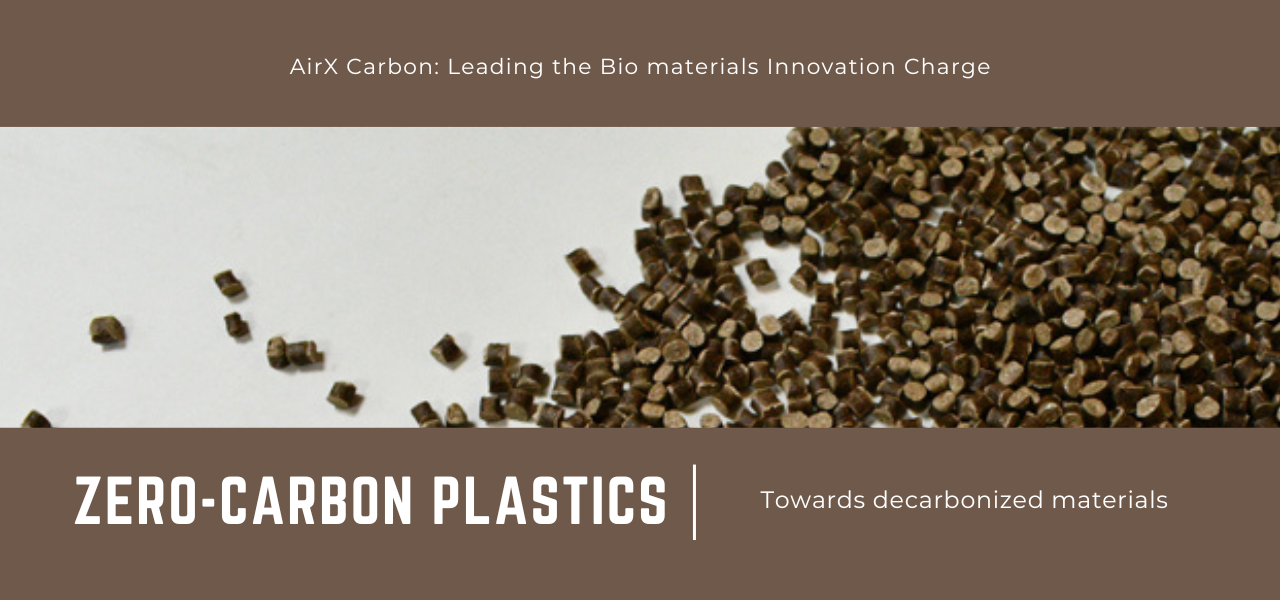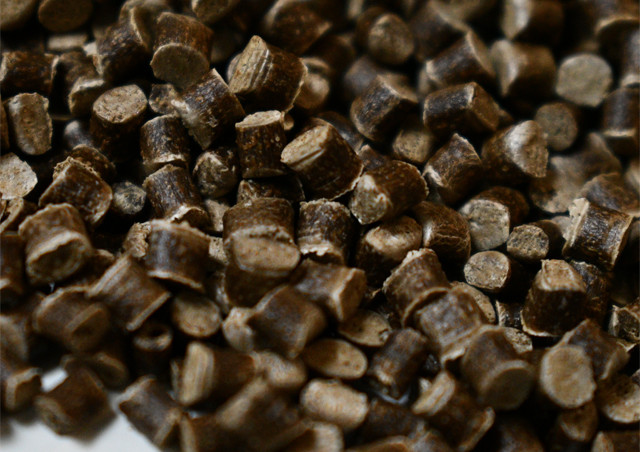Zero-Carbon plastics

Zero-carbon plastics - a groundbreaking innovation.
Plastic has become an undeniable part of our lives, but its convenience comes at a significant environmental cost. Global plastic pollution is a growing crisis, and traditional plastic production contributes heavily to greenhouse gas emissions. In the face of these challenges, a groundbreaking innovation is emerging: zero-carbon plastics. These next-generation materials offer a glimmer of hope for a more sustainable future.
The Plastic Problem and the Rise of Sustainability
Plastic has become an undeniable part of our lives, offering convenience and durability across countless applications. However, the convenience of plastic comes at a significant environmental cost. The global plastic pollution crisis is a stark reality, with an estimated 8 million tons of plastic ending up in our oceans each year. This plastic influx wreaks havoc on marine ecosystems, harming wildlife and entering the food chain.
Beyond the issue of plastic waste, the production of traditional plastics itself raises concerns. The plastic industry is a major contributor to greenhouse gas emissions, accounting for an estimated 3-8% of global oil consumption. This reliance on fossil fuels translates into significant emissions, further exacerbating the problem of global warming.
In the face of these challenges, the need for sustainable solutions is more critical than ever. This is where the concept of zero-carbon plastics emerges as a ray of hope. Zero-carbon plastics are a new generation of materials designed to minimize their environmental impact throughout their entire lifecycle.

The environmental benefits of zero-carbon plastics are multifaceted. By utilizing new research, these plastics aim to achieve a net-zero carbon footprint. This translates to a significant reduction in greenhouse gas emissions compared to traditional plastic production. Additionally, some zero-carbon plastics are designed to be biodegradable or compostable, further reducing their environmental impact at the end of their lifespan.
In essence, zero-carbon plastics offer a potential path towards a more sustainable future for our planet. By minimizing their environmental footprint throughout the entire lifecycle, these innovative materials can play a crucial role in combating plastic pollution and mitigating climate change.
Demystifying Zero-Carbon Plastics
The term "zero-carbon plastics" might sound futuristic, but the concept is rooted in achieving a net-zero carbon footprint throughout the plastic's lifecycle. This means minimizing greenhouse gas emissions at every stage, from production to disposal. Here's how it works:
- Renewable Energy Sources: Traditional plastic production relies heavily on fossil fuels, a major source of greenhouse gas emissions. Zero-carbon plastics aim to shift this paradigm by utilizing renewable energy sources like wind or solar power during the manufacturing process. This significantly reduces the carbon footprint associated with plastic production.
- Plant-based Materials with Carbon Capture: This is where companies like AirX Carbon take a revolutionary approach. Their innovative zero-Carbon plastics are derived from plant-based materials like corn starch or cellulose.
Here's the magic: plants naturally absorb carbon dioxide (CO2) through photosynthesis, a vital process for their growth. When these plant materials are processed into AirX bio-based plastics, the captured carbon remains trapped within the final product. This essentially locks away the CO2 for the lifespan of the bioplastic, potentially leading to a negative carbon footprint. AirX's technology goes beyond simply reducing plastic's environmental impact – it actively contributes to mitigating climate change.

AirX bio-based plastics from agri-waste
- Carbon Capture Technologies: Emerging technologies like carbon capture and storage (CCS) can also play a role. These technologies capture carbon dioxide emissions generated during plastic production and store them permanently underground. While still under development, CCS offers promise for further reducing the carbon footprint of plastic production.
It's important to remember that achieving a true "zero-carbon" state is a complex challenge. However, the approaches mentioned above offer significant strides towards minimizing the environmental impact of plastics. As research and development continue, we can expect further advancements in zero-carbon plastics technology.
Applications of Zero-Carbon Plastics
The potential of zero-carbon plastics extends far beyond simply replacing plastic water bottles. These innovative materials offer a glimpse into a more sustainable future across various industries.
Packaging Revolution: One of the most promising applications lies in packaging. Imagine eco-friendly food containers, beverage bottles, and shopping bags derived from plants! Zero-carbon plastics can significantly reduce the environmental footprint of packaging compared to traditional options. Furthermore, some zero-carbon plastics are biodegradable or compostable, further minimizing plastic waste accumulation in landfills.
Beyond Packaging: The reach of zero-carbon plastics goes beyond just food-related items. Think mobile phone cases or sturdy toys for your children made with a zero carbon footprint.
The beauty of zero carbon plastics like AirX's carbon negative materials lies in their versatility. By tailoring the production process, AirX can create biomaterials with specific properties, opening doors to a vast array of applications. Imagine construction materials with superior insulation properties or durable car parts made from zero-carbon plastics – the possibilities are truly endless.

AirX: Championing High-Performance Zero-Carbon Plastics
AirX Carbon stands out as a leader in this field. Their innovative plant-based bioplastics, combining agricultural by-products with recycled plastic, boast exceptional properties:
- Matching Traditional Plastics: They offer mechanical properties comparable to traditional plastics (PP, PE, EVA) for seamless integration into existing production lines, minimizing the need for major infrastructure changes.
- Carbon Negative: AirX bioplastics go beyond reducing plastic's environmental impact by capturing and storing carbon dioxide during production, actively contributing to mitigating climate change.
- This combination of performance and sustainability makes AirX bioplastics a compelling choice for manufacturers across various industries.
The Future of Zero-Carbon Plastics
As research and development efforts continue, we can expect even broader applications of zero-carbon plastics. The potential to replace traditional plastics in various sectors, from consumer goods to construction, offers a significant step towards a more sustainable future. With its versatility and environmental benefits, zero-carbon plastics have the potential to revolutionize the way we live and interact with the world around us.
Learn more at:How Bio materials are Transforming Our World
Contact us
AirX is the world’s first carbon-negative bio-material made from coffee grounds manufacturer.
We specialize in producing bio-based composites using recycled carbohydrates derived from by-products such as coffee grounds, coconut husk, husk, and bamboo. Our goal is to promote sustainability through the use of eco-friendly materials.
We are always here to help and provide the best service possible. If you have any questions or would like to receive advice and feedback directly from our sales staff, please do not hesitate to contact us. You can reach us through:
- Whatsapp: +84 969 742 950
- Email: [email protected]
We look forward to hearing from you!

